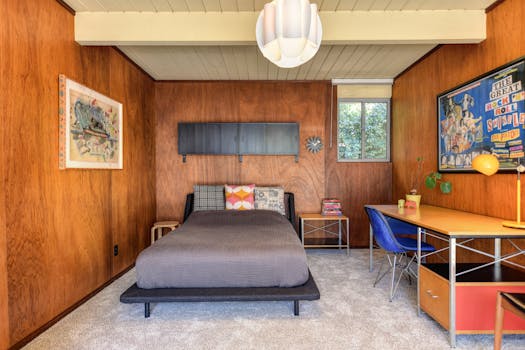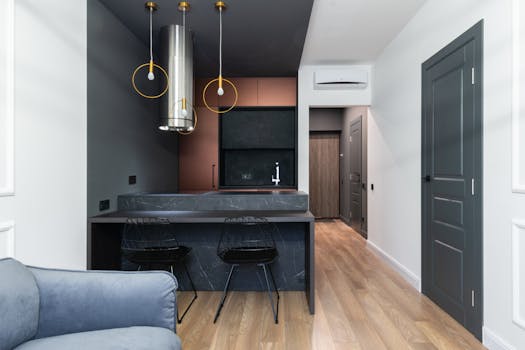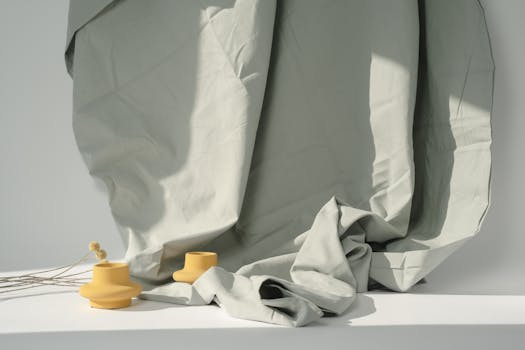
Understanding Color Psychology

Colors influence our feelings and thoughts. Understanding color psychology is essential in choosing a palette that conveys the right mood in your home. For instance, blue can foster calmness; yellow evokes happiness and energy; and greens can bring a fresh, natural vibe into the living space. Consider the effects you want your chosen colors to have and how they will complement your lifestyle.
Choosing a Color Scheme

When selecting your color scheme, think about the primary colors for bigger areas such as walls and large pieces of furniture, as well as contrasting colors that can be introduced through accents, textiles, or decorative pieces. A popular method is the 60-30-10 rule, which denotes that 60% of your space should be a dominant color, 30% a secondary color, and 10% for accent colors. Neutral colors like beige or gray can be great foundational shades against which vibrant decor or accents can stand out.
Consider Your Home’s Lighting

The lighting in a room can drastically affect how colors appear. Natural light can change look and depth significantly, while varying types of artificial light can warm or cool tones. It’s essential to test paint swatches in your space under different lighting conditions at different times of the day. Consider room orientation too; south-facing rooms often seem warmer while north-facing rooms can have a cooler tone.
Look for Inspiration

Finding inspiration can often make the decision process easier. Browse through home decor magazines, websites, and social media platforms like Pinterest and Instagram to find color palettes that resonate with you. Collect swatches and samples that appeal to your personal style and incorporate elements full of personality into your home. Consider underlying themes through your fabrics, artworks, and even flooring to find cohesiveness in color choices.
Testing Before Finalizing

Before committing to a full paint job, it’s wise to test the colors on a small area or buy sample pots to test them in larger swatches around your living space. Visit a home improvement store for foam paint applicators and create color tests on the walls. Allow the paint to dry, and then observe how the color feels at various times of day in the different light conditions in your home. This practice could help avoid costly mistakes and reveal the perfect shades for your unique living environment.


